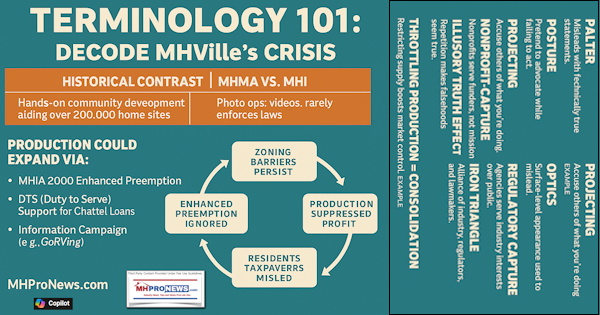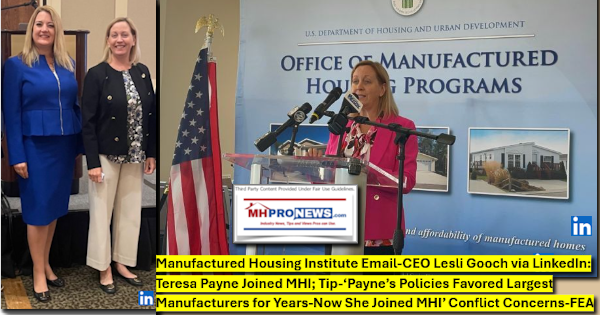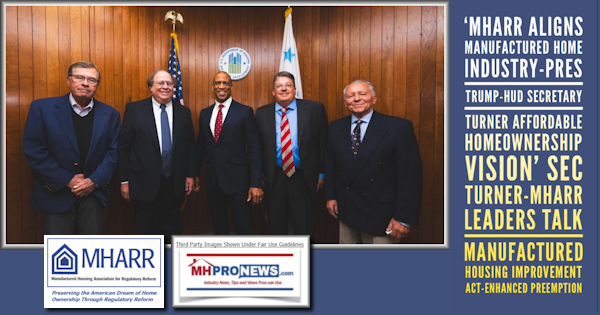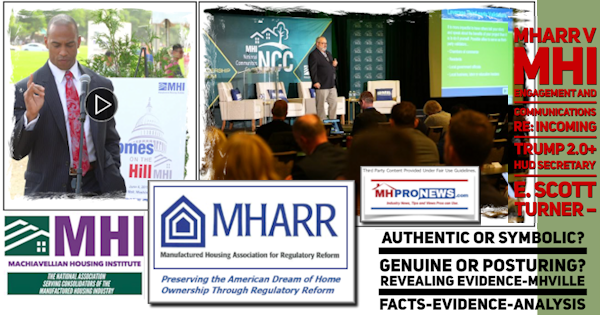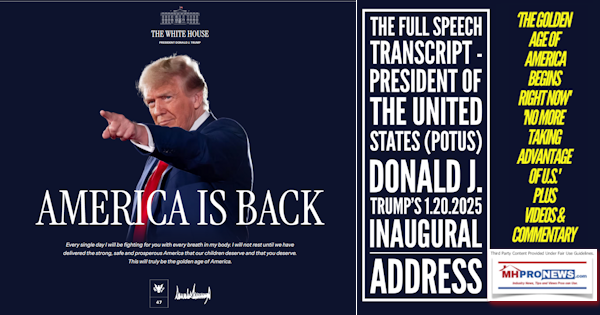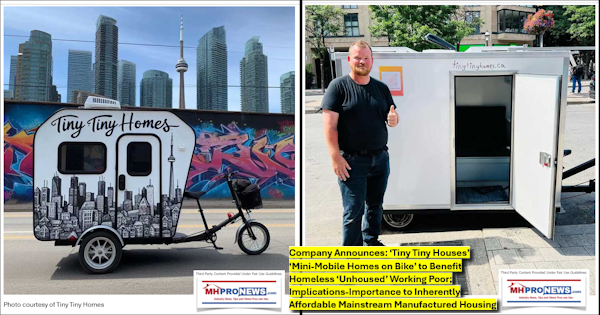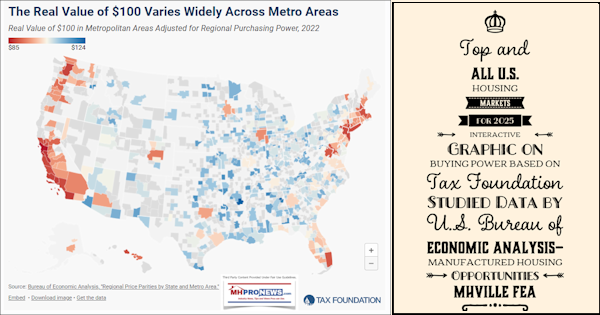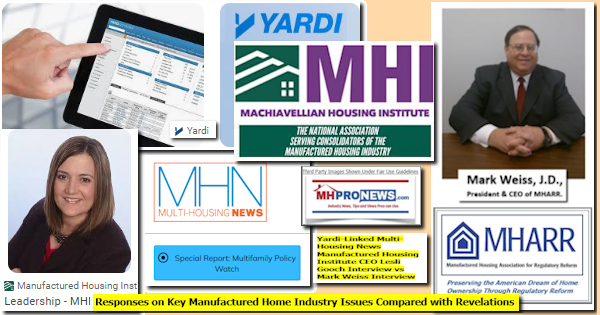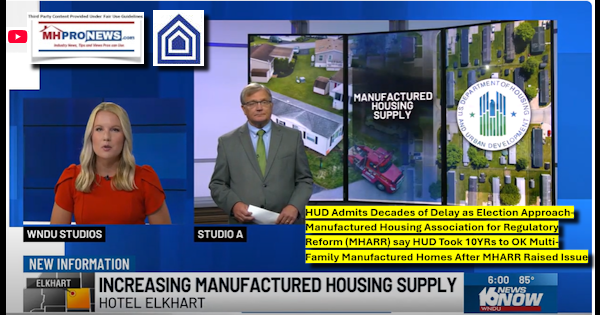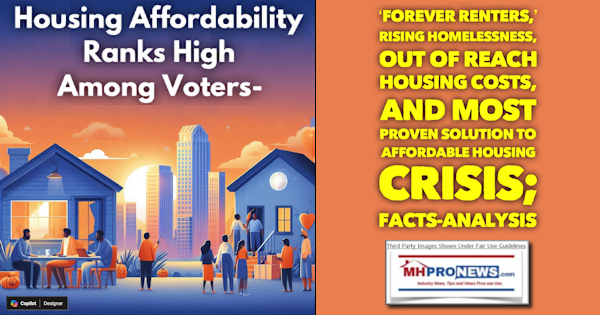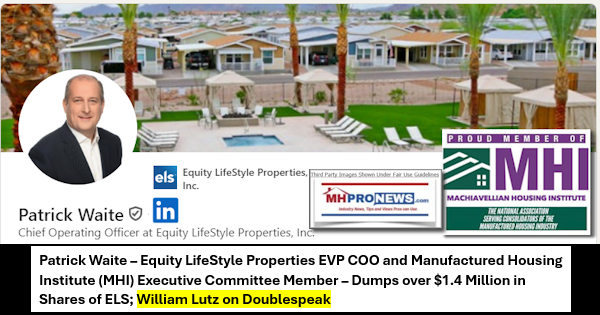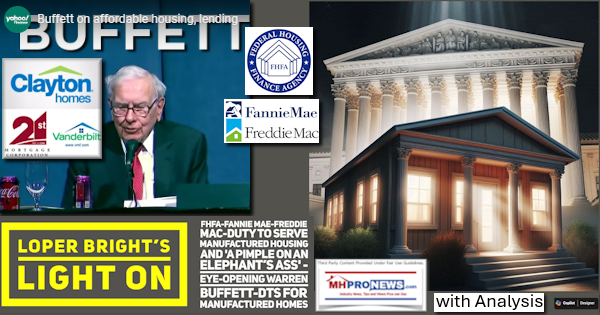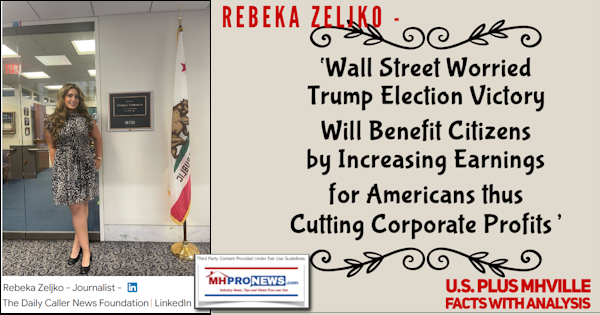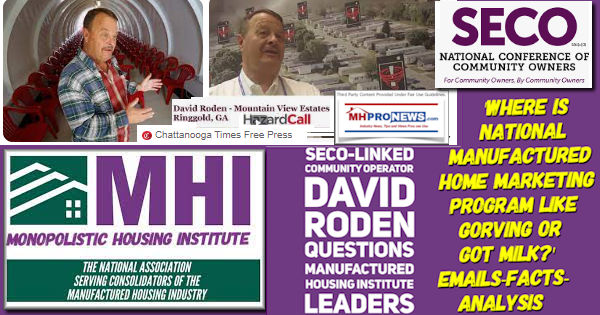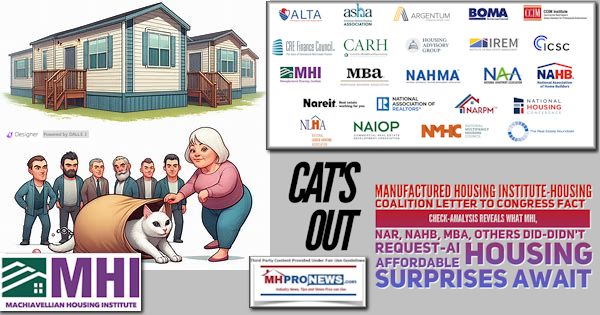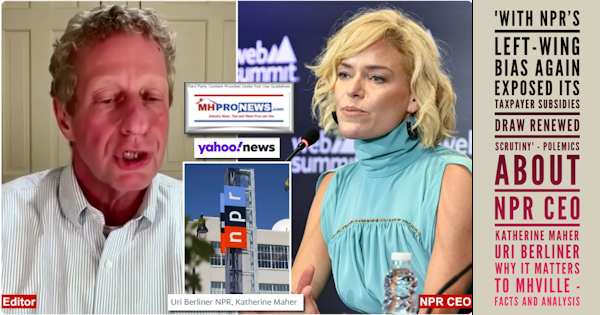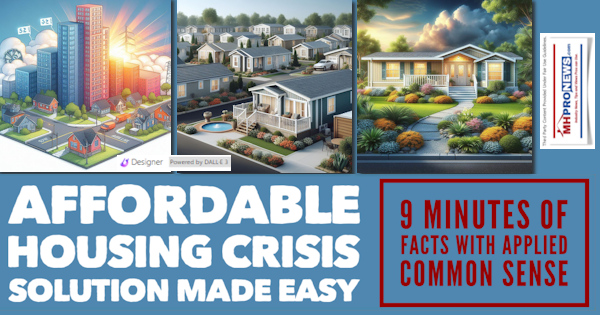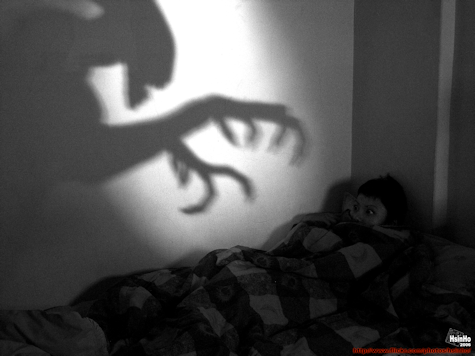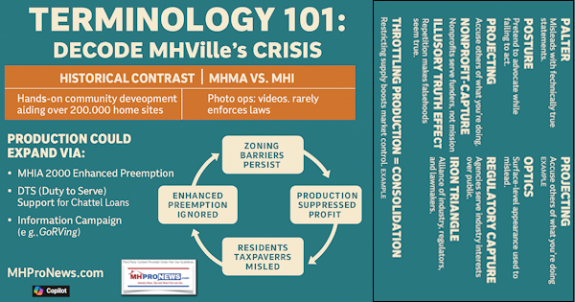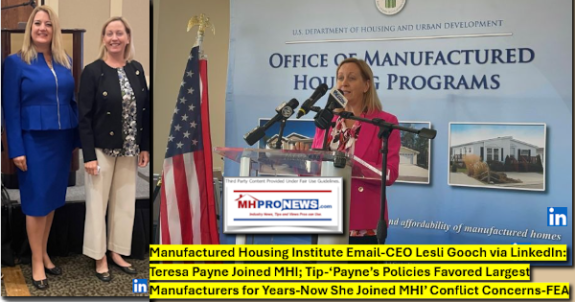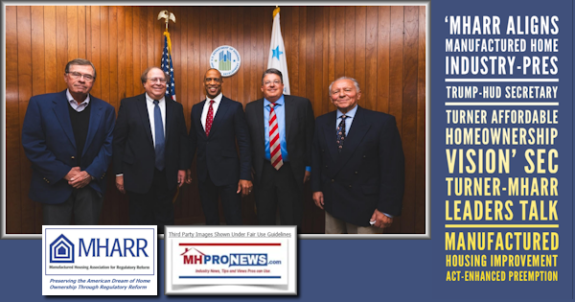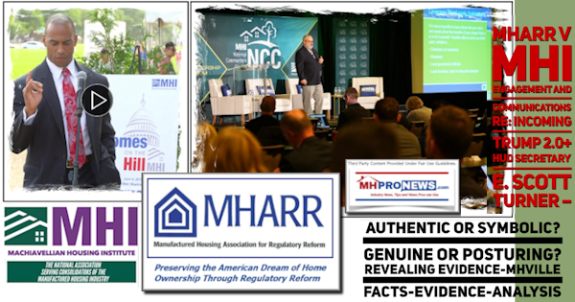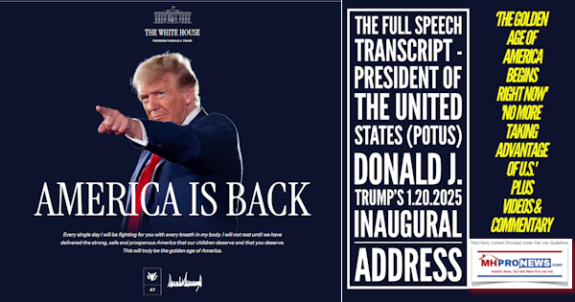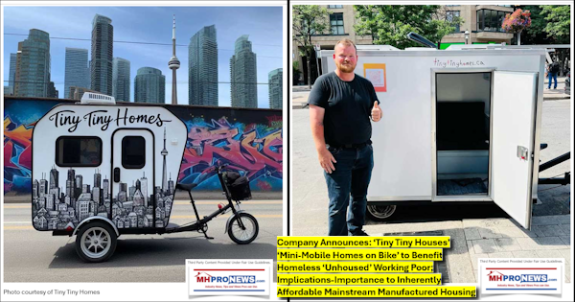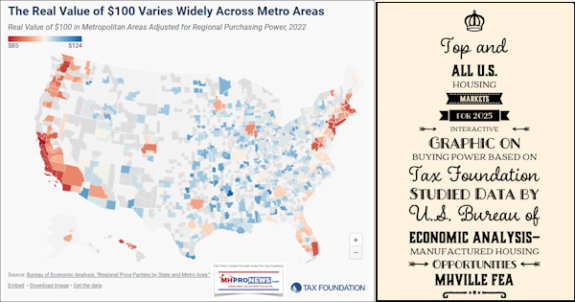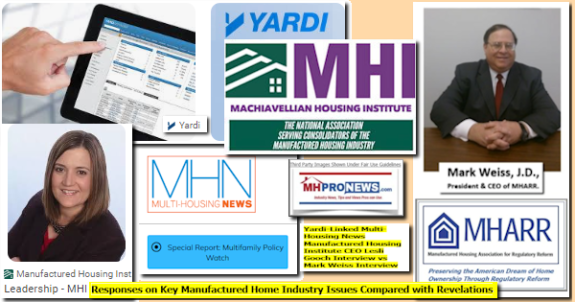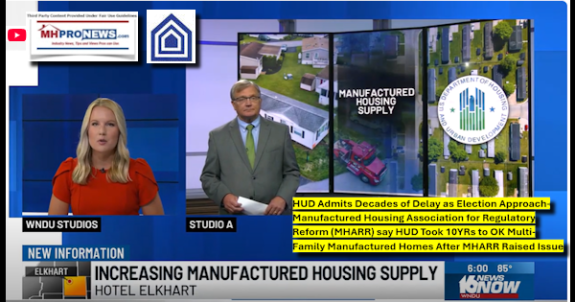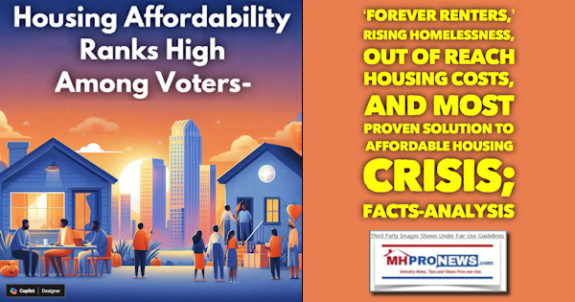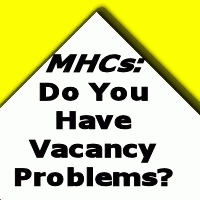Before continuing part two of – The MH Impossible Dream? – let’s look briefly at a MH nightmare scenario lurking in the shadows…
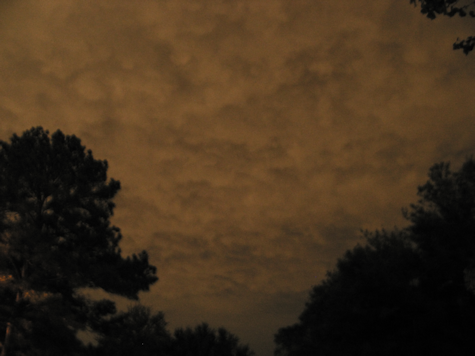 A Manufactured Housing Industry Nightmare
A Manufactured Housing Industry Nightmare
It’s near the end of the first quarter of 2017. A dark horse Democratic candidate emerged and upset Hillary Clinton, Joe Biden and Elizabeth Warren for their party’s nomination in 2016. Less known that Barack Obama was, but using a populist message and an Obama-like coalition/organizing campaign plus digital excellence equaled victory. This Democratic national newbie defeated the GOP duo that emerged from a deep and wide field of Republicans, because they came together too late to continue their victory wave from the 2014 midterms.
Enough of the House and Senate remained in Republican hands to keep the GOP in control of both chambers. But this new president began almost immediately issuing Executive Orders (EOs) to various federal departments and agencies, even more boldly than his predecessors had.
The Imperial Presidency the founding fathers feared was now real in America.
Among the various EOs issued by the firebrand was a well meaning regulatory burden imposed by POTUS (President of the United States) through the CFPB on MH lending. Under the new 2017 regs, rates and terms had to mirror conventional, GSE or GNMA mortgage products, even for home-only (chattel or personal property) loans.
While land/home deals were still possible, the rapid collapse of chattel financing meant a 60% reduction in HUD code MH production almost overnight. Challenges in the courts to the CFPB’s new regs were still years away…this drove out the last of the MH “home only” or personal property lenders. It was a hammer blow to MHC sales.
The impact of the new regs were a case of too much, too fast with too little cash and land/home biz in the pipeline for the industry at large.
The new HUD Code shipments that rose from under 70,000 homes in 2014, peaked in 2016 at 79,000 MHs. The SAAR (Seasonally Adjusted Annual Rate of production) – sans chattel lenders – dropped in 2017 to under 43,000 homes a year. That contraction forced the closure of a wave of independent HUD Code MH producers.
When 2017 drew to mid-year, there were 7 MH producers left standing. By year’s end, there would be 4. The handwriting was on the wall.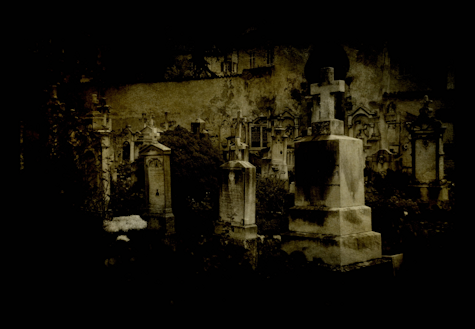
The HUD Code was finished. The only question was “when” it became official. Berkshire-Hathaway was looking at how they could shift their HUD MH production as rapidly as possible to panelizing and 3D “printing” of houses.
In the MHNightmare, What went wrong?
-
Manufactured Housing failed to come together in an image/PR/education effort that could have lifted the industry to new highs. Low production levels equaled greater risk.
-
MHARR and MHI kept duking it out. For example, MHI favored stances that harmed small producers. Of course, they reacted and fought back. Such a lack of unity between the two associations added to their mutual vulnerability and death spiral.
-
Seasoned state execs who had quietly hoped for a detente between MHI and MHARR never saw it happen. Now half of those state association execs were out of a job. Some two dozen state associations began to close or were manned by part-time volunteers. There were too few MH shipments left.
-
MHCs which had in some cases had been doing quite well, we’re now in a dilemma. Where would the product come from to fill present and future vacancies? So…
-
Public MHC companies watched as their stocks dropped rapidly.
Marty Lavin would prove right. Communities would be sold off to big box stores, or re-developers turned them into multi-family housing. Some small ones reverted to green-space or corn fields, once the last manufactured home left.
The wealth of MHC giants and success stories dwindled, but the land value protected many from a major wipe out.
Independent modular home producers fared only marginally better. Since they failed to team up with HUD builders to promote the factory-built home as a superior option to stick-building. They now looked like a young dinosaur, but still a Dino.
There would soon be no independent factory-builders of HUDs or MODs left in in the United States of America. But Canada, Australia and England were among the nations were similar product carried on.
Where is that strong coffee? It’s time to wake up from the nightmare!
FYI, the scenario above is just one of the ways that sort of cataclysmic collapse could transpire. But let’s stress, the MH nightmare is avoidable.
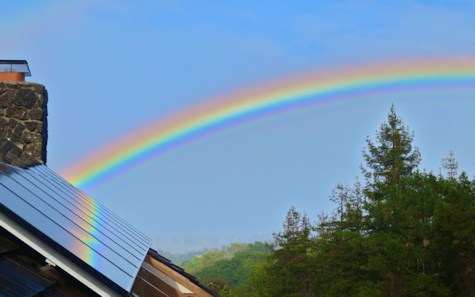 The MH Impossible Dream isn’t impossible at all.
The MH Impossible Dream isn’t impossible at all.
In a trillion dollar a year housing market, with 10,000+ seniors retiring daily, and Millenials still wanting the American Dream, all that we need are common sense steps.
We as business leaders, nonprofits or association execs do them for our benefit, or wait for some strong wind – the nightmare above or another – to blow MH’s low-production-level house down.
Two of the keys for successful growth…
-
PR/Image/Marketing and consumer-friendly sales training that grows the industry. The ROI dwarfs the investment. Doable? See a related Daily Business News report, linked here.
-
Realtors (R) learning to understand and embrace the MH benefits to their clients and to their RE agencies. More on that at Louisville in 5 short weeks!
The MH industry must find the will and wisdom for a Partners in Progress program to be funded and advanced. The rewards?See part 1, if you missed it or need a refresher. ##
(Image credits: FlickrCreativeCommons, download each file to see photographer’s names.)


